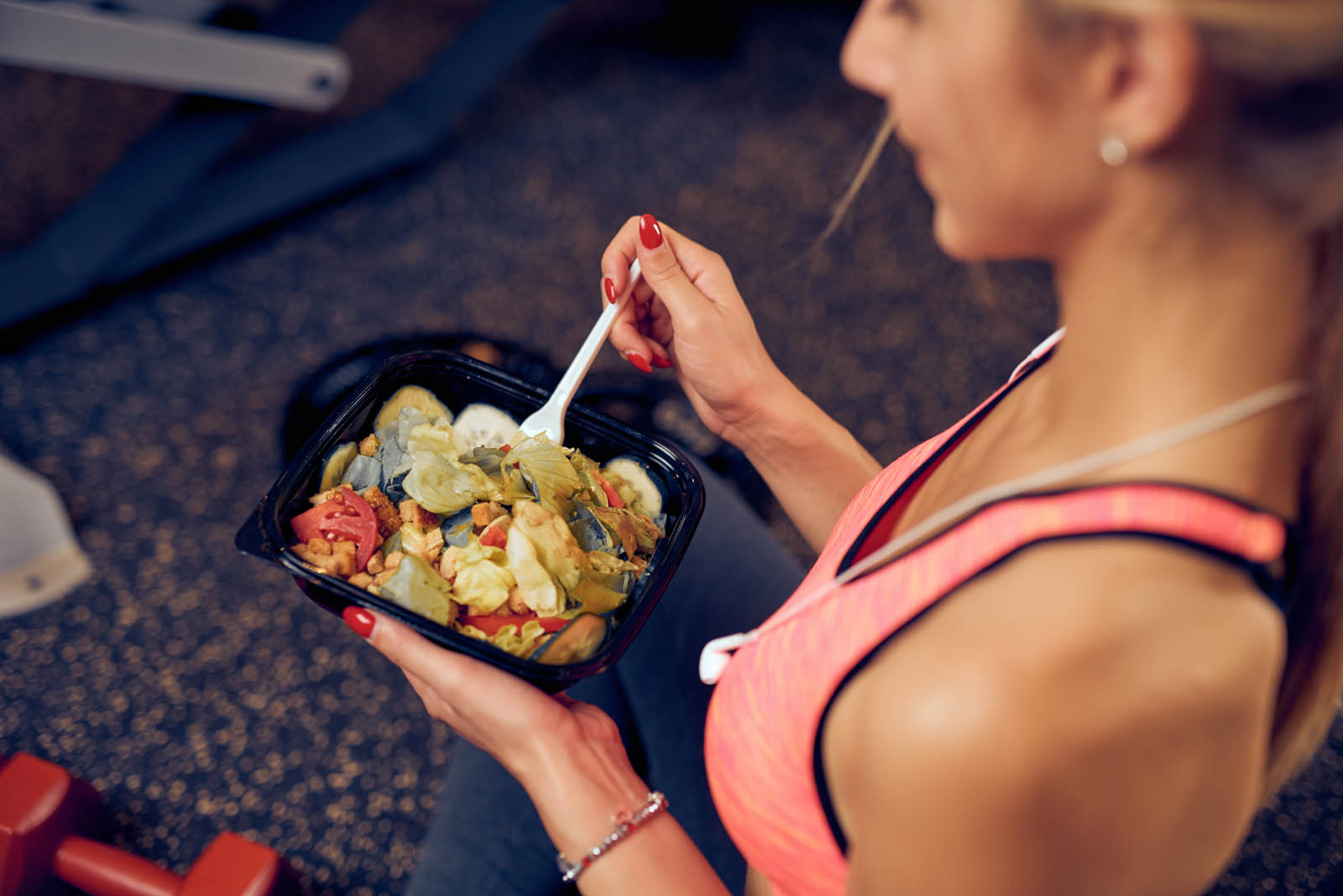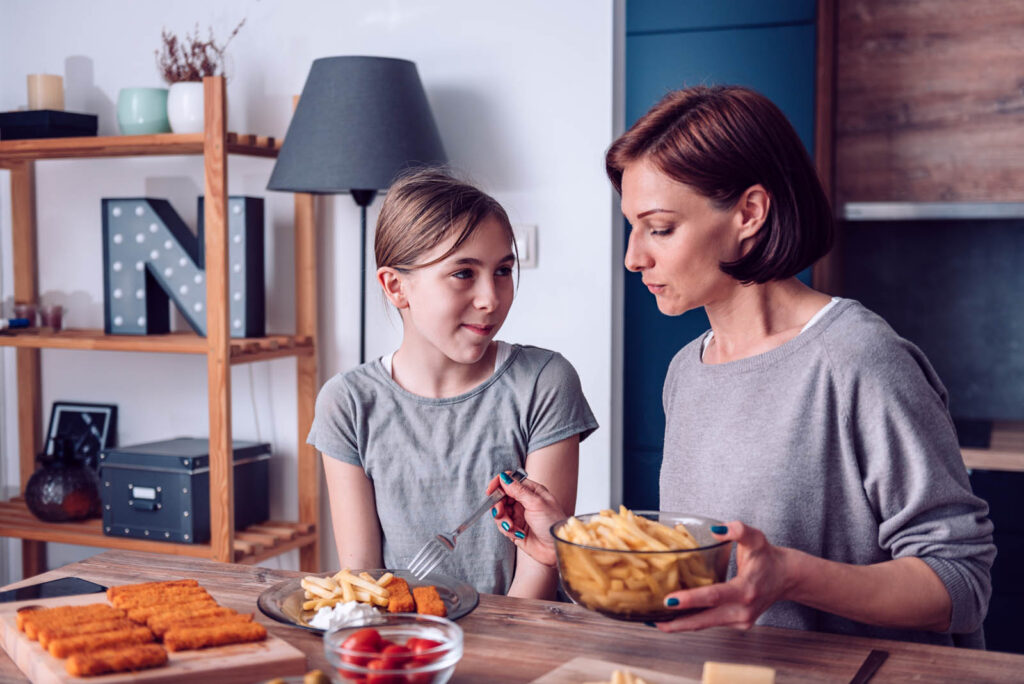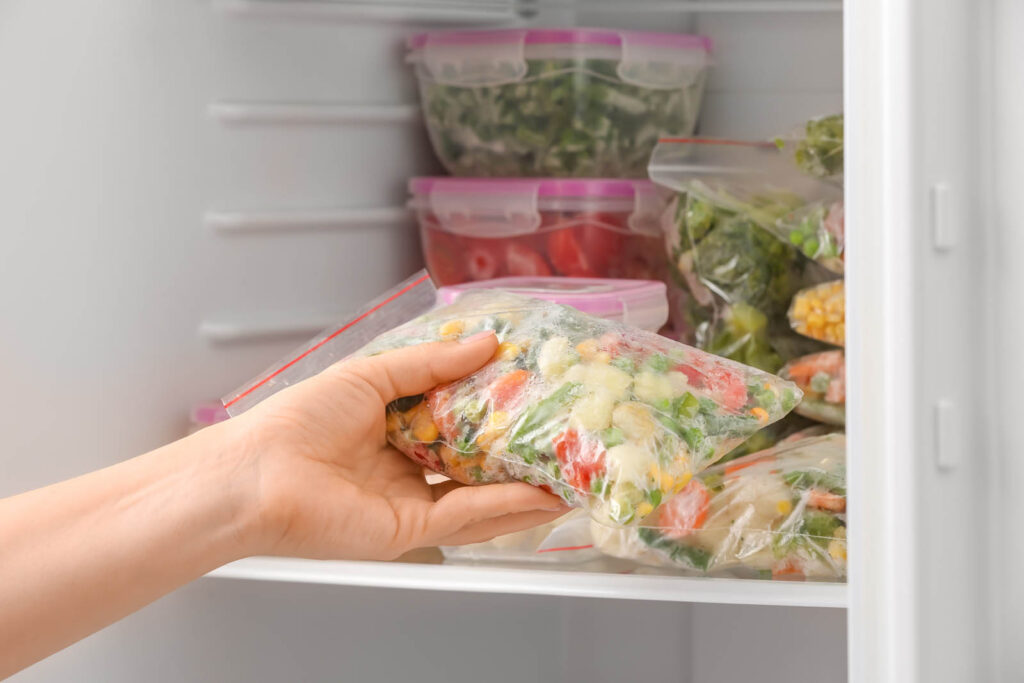
Case Study
Challenging Market Leader in the Food Storage Category Identifying Opportunities in Food Storage
overview
A CPG brand was eager to better understand plastic food storage bag usage in hopes of challenging the market leader at the shelf and in the home. The brand was particularly interested in learning about increased usage associated with the coronavirus pandemic and whether pandemic behaviors were likely to extend beyond the life of COVID-19.
To address these objectives, C+R Research conducted a large quantitative Attitude & Usage (A&U) study among shoppers of various plastic food storage bag sizes, types, and brands across a range of channels and key retailers. C+R’s research design uncovered valuable insights on how the client team could grow in a category defined by weak loyalty, changing behaviors, and social/environmental issues.
THE PROBLEM
In Search of a Winning Strategy
Our client, a CPG brand, was keen on challenging the plastic food storage bag market leader. While they were competing against a brand that leads in both purchases and perceptions, shoppers aren’t overly brand loyal signaling that with the right strategies, our client could gain market share.
Our client’s key questions were:
- What messaging will break through and resonate?
- What information should be called-out in on-pack violators to grab attention at the shelf?
- What opportunities exist for new product innovation to bring life to a low-excitement category?
The client also wanted to understand shoppers’ degree of passion around sustainability issues and their openness to “green” offerings surfacing in the competitive landscape.

OUR APPROACH
An In-Depth Understanding of Shopper Attitudes & Usage
C+R designed a large-scale quantitative A&U study to develop baseline knowledge of the plastic food bag category across a variety of bag sizes, closures, and material types, and brands.
Plastic food bag shoppers were asked specific questions to help researchers understand their degree of involvement in the category on a weekly basis:
- Which sizes and types do you use the most?
- In which occasions do different bag sizes and types win and why?
- When and what problems do you encounter?
- What are the perceptual advantages of the key brands?
Data were analyzed by bag size, type, and occasion with the goal of understanding:
- Home food storage management and containment, with a lens on plastic food bags and the behaviors and problems associated with their usage
- Penetration and usage behaviors by size, closure type, material, and brand
- Importance of features among different bag buyers
- How food bag storage behaviors have changed over time
- Sustainable behaviors related to food storage management

The result
Well-Positioned to Stake a Claim
Our research confirmed that while the category leader may hold an edge with respect to purchases and perceptions, shoppers aren’t terribly loyal. In fact, shoppers tended to use both the client and leading competitive brand, and in similar occasions. Moreover, research revealed that the category features shoppers deem most important were those in which our client’s brand had the competitive edge both perceptually and in terms of functionality. Based on these findings, the client team felt confident that the brand was well positioned to stake a claim of competitive market share as long as their messaging pulled the right levers with shoppers.
Findings also confirmed drivers behind increased food bag usage as a result of the COVID-19 pandemic, teasing out key occasions of usage. The pandemic forced shoppers to shop ahead, stock-up, and meal plan. In fact, shoppers discovered more “whole-family” meal occasions, which impacted their food storage (pre-and post-consumption) and meal prep. The team learned that while, hopefully, the pandemic is not here to stay, some of these new behaviors may be.
At the end of the study, C+R provided a foundational reference report across all areas of exploration along with a strategic report tailored to the brand team’s key business questions. Both were instrumental in charting a course of action to win at shelves and in consumers’ homes.


proven experience
related case studies
